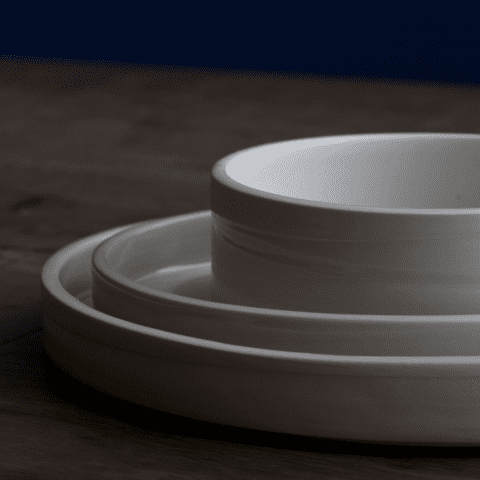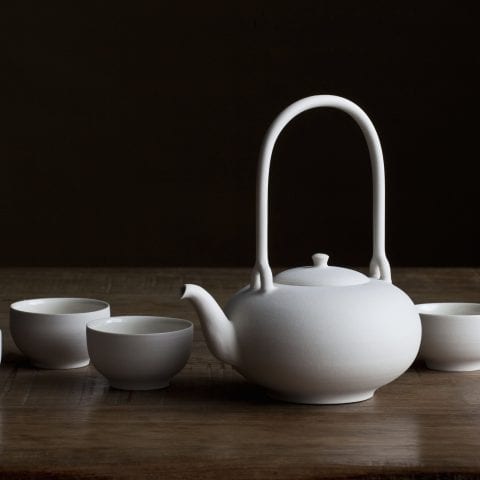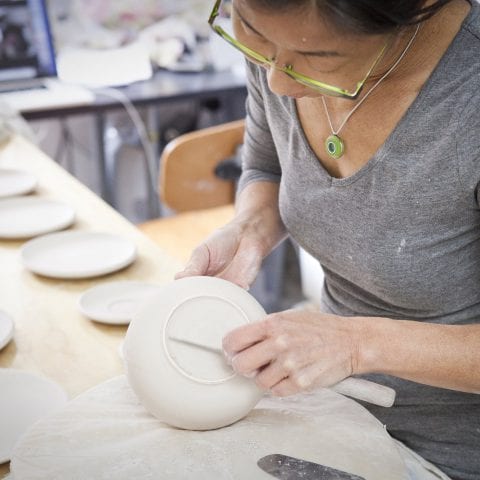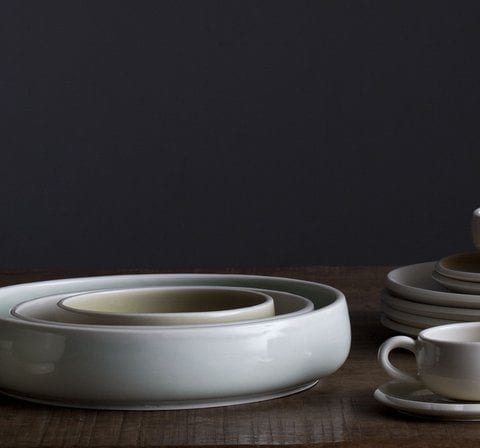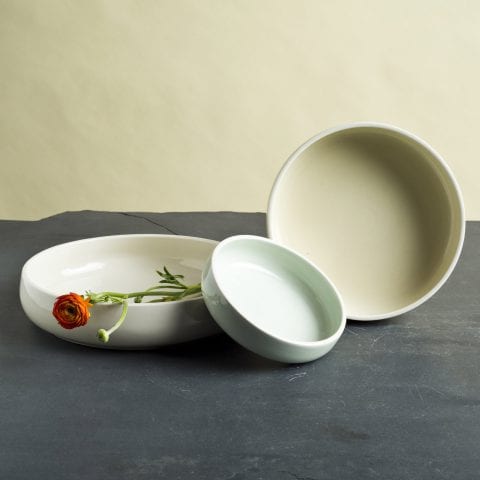Teresa Chang Ceramics
Asian-ownedDinnerwareHandmadePottery
High-end, hand thrown porcelain dinnerware, made in Philadelphia.
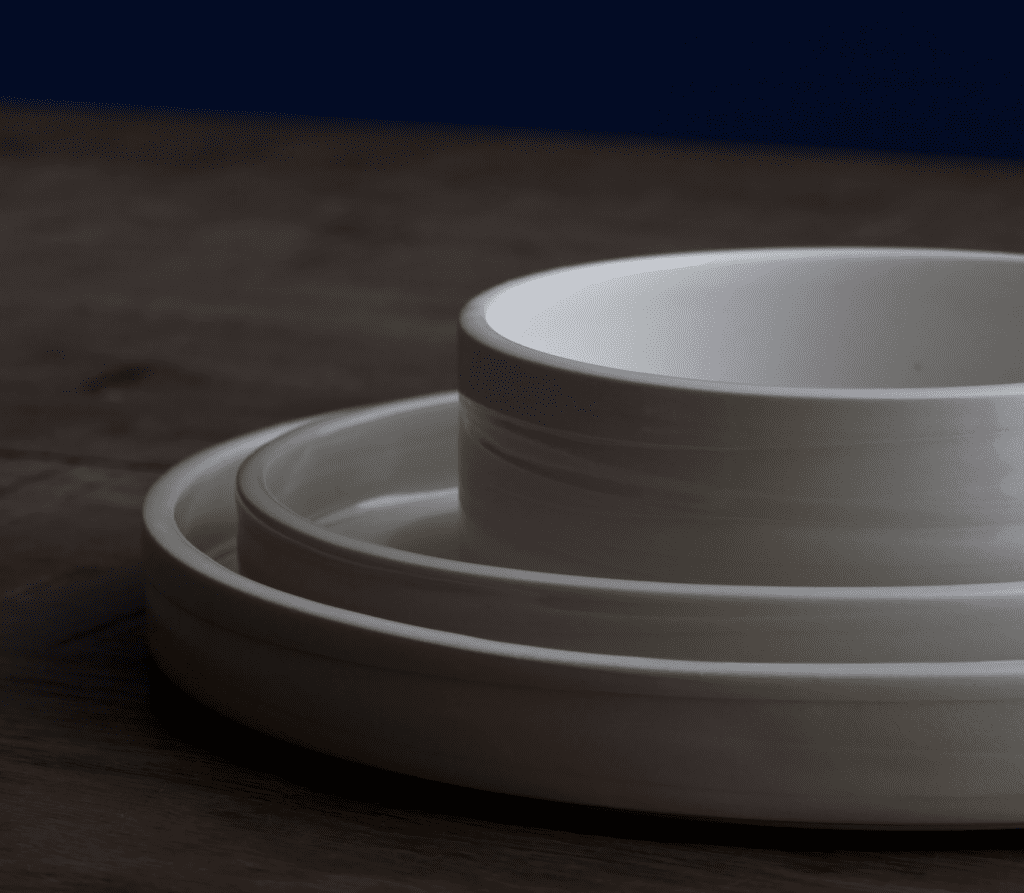
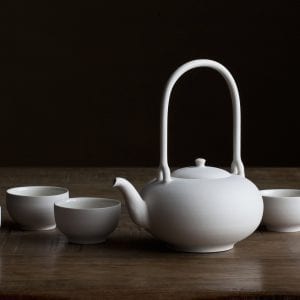
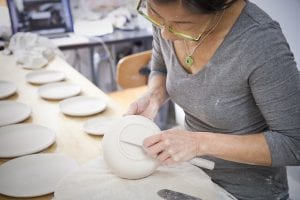
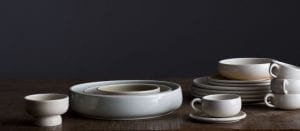

Teresa Chang Ceramics
Asian-owned, Dinnerware, Handmade, Pottery
High-end, hand thrown porcelain dinnerware, made in Philadelphia.
Founders
Locations
Philadelphia, Pennsylvania 19123 United StatesAbout
Teresa Chang lives and works in Philadelphia, offering high-end, hand thrown, porcelain dinnerware. Her work is available online and occasionally at select craft shows. Her studio is open to the public by appointment.
Background – Teresa’s academic background in architecture (U.Va. ’87, Columbia U. ’92), gives her a unique perspective on form, structure and materials. After earning her Master’s degree, Teresa set up an informal pottery studio in her Brooklyn loft to give a longtime avocation a more permanent place in her life. She created a body of work, sold her wares at local craft fairs, and began teaching at the Craft Students League in Manhattan. In 1997, her dinnerware debuted to the trade market at the New York International Gift Fair, where prestigious stores such as Barney’s Japan, Takashimaya, and Dean and Deluca became clients. In 2001 she moved to Philadelphia and expanded upon her initial collection of dinnerware lines. She also began exploring limited edition series, including teapots, teaware, and small functional accessories.
Craftmanship – All of Teresa’s work is thrown and trimmed on the potter’s wheel. She has high standards of craftsmanship and a penchant for detail. Her well-honed wheel skills are the benefit of over 20 years of dinnerware production. For Teresa, the meditative, rhythmic work of repetitive throwing is wonderfully balanced by the distinctly different working mode of making one-of-a-kind and limited edition objects.
Aesthetic – Teresa’s body of work is distinguished by an unusual synthesis of design and craftsmanship. She believes that there is something inherently beautiful about forms pared down to their structural essence. In her work there is no applied decoration, no excess in shape, mass, or profile. As a result, her forms are graceful and timeless. Her soft yet vibrant color palette provides a quiet and elegant backdrop for a wide variety of foods. Teresa acknowledges many influences for her design sensibilities, including early Korean and Japanese pottery, her architectural studies, and an appreciation for simplicity instilled by her mother.
